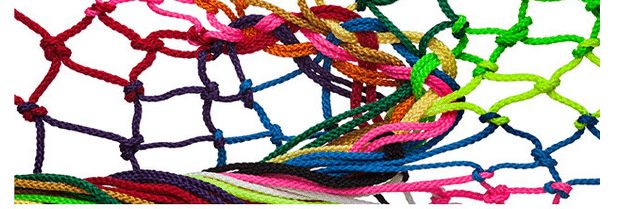Nokia’s David Letterman has a name that gets attention, even in Silicon Valley. As part of Nokia’s Technology Exploration and Disruption team, Letterman is tasked with connecting the valley’s best and brightest to the world of wireless through Nokia.
“We look out into the valley to find good ideas and bring them into the company, which is not always that easy to do. The ‘not invented here’ syndrome is real,” said Letterman, adding that he also recruits developers to work on existing projects in the Nokia Networks labs.
Right now, Letterman is winding up Nokia’s Silicon Valley Open Innovation Challenge, a search for truly innovative ideas related to telco cloud technologies and/or data analytics. “Big data storage, big data analytics, that came from the valley,” he said. “IT cloud, data center – that all came from the Valley, so we’re trying to reach these experts who maybe haven’t thought about telecom vertical as a place where they can apply their solutions.”
The Silicon Valley Open Innovation Challenge is a way to connect small businesses, big companies, academics and even students to Nokia Networks. “They can reach our business experts, reach our technology experts, reach our customers, we have an audience with the operators, and we can give them an audience with capital investors,” said Letterman. Nokia is accepting applications through May 19.
3 kinds of innovation
Letterman identifies three kinds of valuable innovation: breakthrough, disruptive and incremental. “Incremental innovation is innovation that you have to do,” he says. “Every company to stay competitive, to be successful, has to continually make their products better.”
Innovation that creates a demand which did not exist previously is defined by Nokia’s team as breakthrough innovation. “You can create something that is very important, has never been solved before, you bring it to market and you’re very successful with it, but if nobody was solving that problem before, you’re not disrupting anybody. To me, that’s breakthrough innovation, and disruptive innovation means you’re taking somebody else’s market,” said Letterman.
Disruptive innovation: three characteristics
Letterman says he has identified three characteristics of teams that successfully undertake disruptive innovation.
• A strong outside-in perspective. “The problem that you’re identifying has to be a problem that you’re seeing in the real world, but beyond that I think the solution also has to come from the outside,” said Letterman. “If you’re trying to solve a problem for a market you don’t currently serve you may even need help with the go-to-market channel. … Collaboration is everything when it comes to disruption.”
• Risk quotient. Letterman said that for most innovation teams the mantras are: ‘Fail fast’, ‘Fail often’ and ‘Fail safe.’ “If you are solving a really important problem it justifies embracing the risk, revalidating the opportunity and digging deeper to create a solution,” he said.
• Significance Letterman said that for a new product or service to eventually become disruptive it needs to be significantly better in functionality, performance and efficiency – or much cheaper – than the alternatives. Although the benefits may initially only be noticed by early adopters, for the solution to disrupt a category it must be made available to, and eventually accepted by, the masses. “If you look back at the history of truly disruptive innovations, at the end of the day the folks that adopted those solutions were even a larger audience than the addressable market that was being served before,” Letterman says. He notes that the smartphone is the prototypical example. It disrupted the existing market for cameras and calculators, and now people own smartphones who did not previously purchase cameras, calculators, or cell phones.
Follow me on Twitter.

Nokia seeks disruption in Silicon Valley
ABOUT AUTHOR
